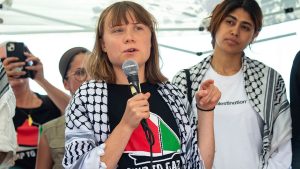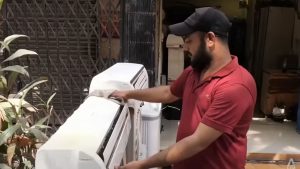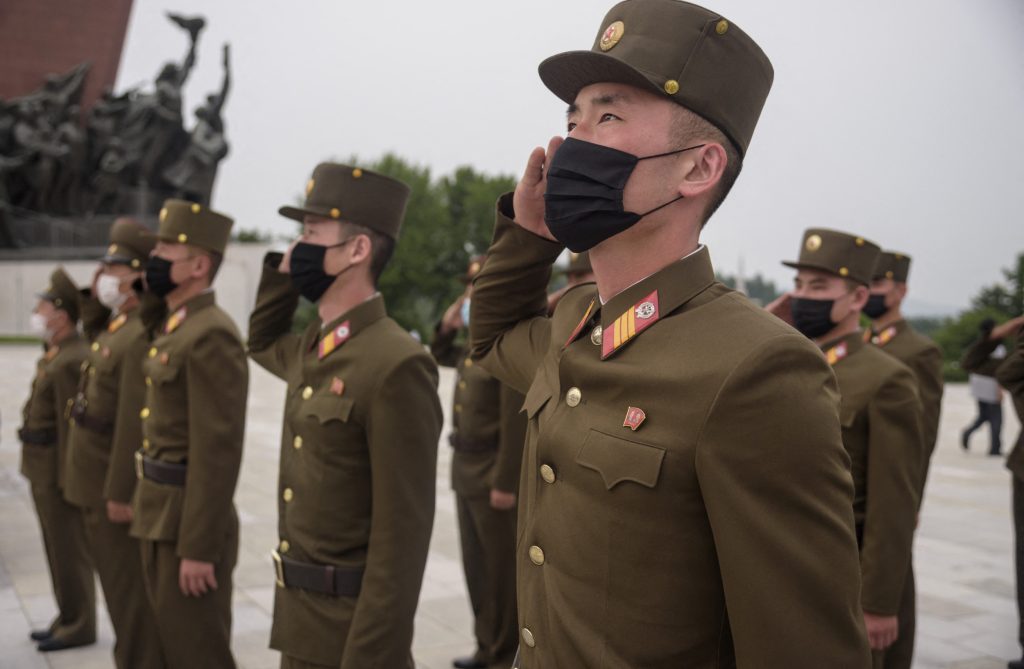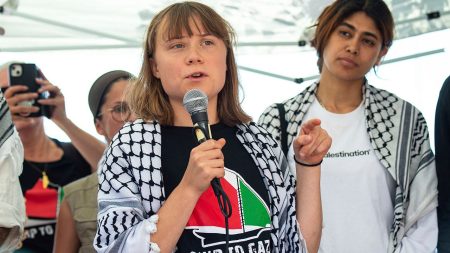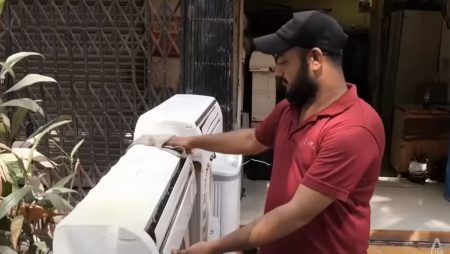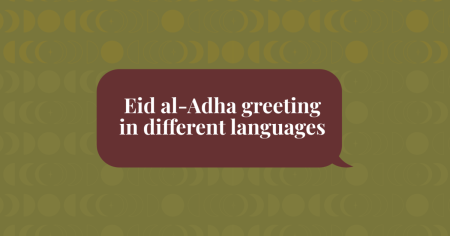The Ukrainian General Staff has released a statement asserting that North Korean military units stationed in Russia have been placed on high alert and instructed to await further deployment orders, with some troops already being discreetly transported to the front lines in civilian vehicles. This development fuels existing anxieties about North Korea’s alleged commitment of thousands of soldiers to bolster Vladimir Putin’s war effort in Russia’s Kursk region, a strategically significant area where Ukrainian forces launched an incursion on August 6th. Ukraine’s grip on the captured territory remains tenuous, and this land could serve as a crucial bargaining chip in any future negotiations to resolve the ongoing conflict.
The Ukrainian statement further alleges that the command structure of the North Korean army units in Russia has been directed to coordinate with adjacent Russian units engaged in active combat operations within the Kursk region. Kyiv believes Moscow is poised to imminently deploy these North Korean soldiers in a direct offensive against Ukrainian positions. This claim aligns with previous statements by Ukrainian President Volodymyr Zelensky, who asserted last month that North Korean troops were already engaged in combat against Ukrainian forces and had sustained casualties.
The Pentagon, while acknowledging the presence of North Korean troops staged for combat in Kursk, has stated that these forces have not yet participated in active fighting. Pentagon spokesperson Sabrina Singh confirmed their readiness for deployment, emphasizing ongoing monitoring of the situation. This seemingly contradictory information highlights the complexities and fog of war, where conflicting reports and strategic obfuscation are common.
The initial stages of the Ukrainian incursion into the Kursk region saw rapid territorial gains for Kyiv, with claims of capturing approximately 530 square miles of Russian territory within weeks, including the strategically important town of Sudzha. However, this early success has been challenged by a robust Russian counteroffensive, reportedly involving around 50,000 troops, including the alleged North Korean contingent. Moscow’s counteroffensive has reportedly reclaimed approximately 40 percent of the territory initially seized by Ukraine.
Independent analysis from the Institute for the Study of War (ISW) corroborates the Russian advance in the primary salient within Kursk Oblast. Geolocated footage analyzed by the ISW indicates Russian gains south of Sudzha, and the Russian Ministry of Defense has officially announced the recapture of the villages of Darino and Novoivanovka. These developments suggest a shifting momentum in the conflict, with Russia regaining ground and potentially jeopardizing Ukraine’s hold on the strategically important captured territory.
Despite these Russian advances, the recapture of Sudzha, a key objective, is proving to be a more arduous task. Analysis from the Russian military Telegram channel, Anatoly Radov, highlights the slow pace of the Russian advance towards Guevo, suggesting that retaking Sudzha will likely be a protracted and difficult operation. The report further notes that despite Russian successes in Plekhovo and Novoivanivka, Ukrainian forces have maintained control of Martynovka and Pogrebki, indicating the ongoing contested nature of the region and the resilience of Ukrainian defenses in certain areas. The evolving situation in Kursk underscores the dynamic nature of the conflict and the potential for further escalation with the reported involvement of North Korean troops adding a new layer of complexity to the geopolitical landscape.
